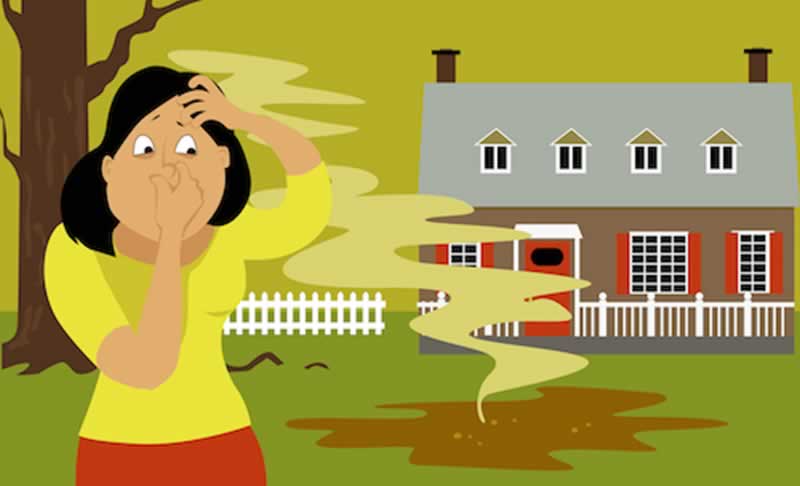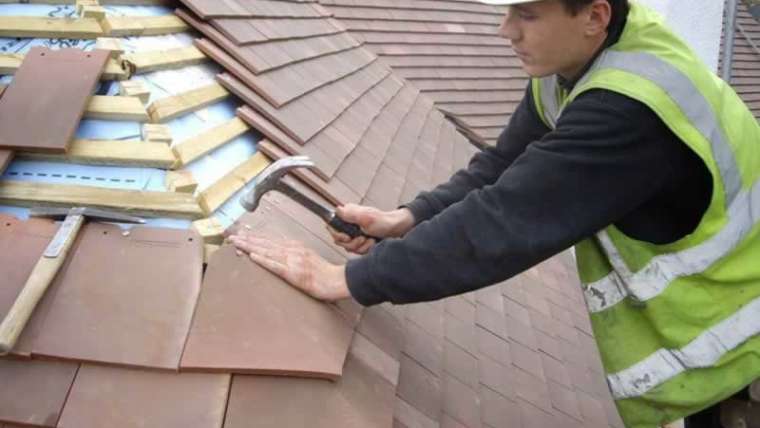Do you have problems with your sewage system? Read this article to troubleshoot common septic tank problems in your home. A septic system has certain advantages and disadvantages. On the one hand, you know where your water comes from because nobody else uses it. On the other hand, you may need to adjust water usage and fix some issues as you get used to septic life.
Today we will explain four of the most common septic tank problems and give you some tips on how to solve them. You will learn a lot about installing it with your own sewage system, but you will also need a plumber to help you maintain it and take care of the bigger problems that can arise.
Backups
A secured septic tank is not what every owner wants to hear about, but it is definitely the most common problem. This happens when a sewage system is overloaded for a long period of time and solid waste accumulates at the bottom of the tank. The best way to fix this is prevention. Carry out the septic pumping as often as possible and keep non-biodegradable substances away from there.
Too much water
Your septic tank is only designed to absorb so much water. If there is too much water, the solid waste is prevented from being properly broken down. Solid waste is then more likely to get into the distribution lines and cause clogging. You can find out how much water is flowing into your septic tank at the same time by planning activities that use a lot of water. For example, do not use the dishwasher and washing machine on the same day and avoid long showers.
Leaks
No matter if it is cement cracks in cold weather or if you have dug a hole and cracked a pipe, there will be leaks. If you find that there is excess water above your tank or pipes, or the grass looks much greener where your tank is, you may have one. Unfortunately, if you have a bad leak, calling your plumber is better than trying to fix it yourself. You never know how hard it will be and you could take the risk of making it worse.

Smells
If you notice a smell inside or outside, you have a problem with the ventilation of your sewage treatment plant. These gases include carbon dioxide, methane and hydrogen sulfide; Inhalation in large quantities can be very dangerous. The installation of a waste water filter prevents solid waste from escaping from the septic tank and causing odors, which can be a sign of a failure of the septic tank. It is important to call a plumber immediately if you notice smells or are considering a very expensive solution.
Keep septic tank problems at bay
As long as you perform regular maintenance and have pumps pumped every 2-5 years, you should be able to avoid serious problems with septic tanks. Do your best to maintain it and fix minor problems yourself, and make sure a plumber joins as soon as you notice the more serious problems. Careful is the mother of the porcelain box. If you found this post helpful, come back and visit us again for more useful tips for artisans.




